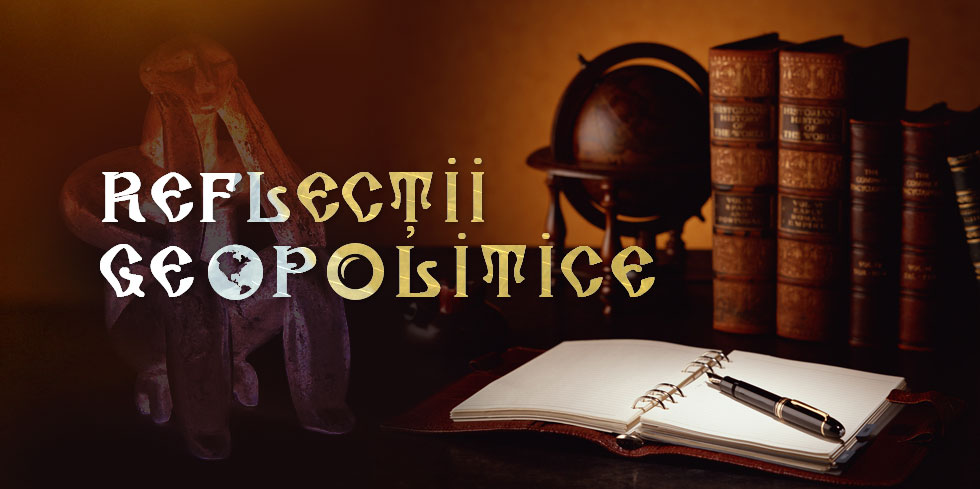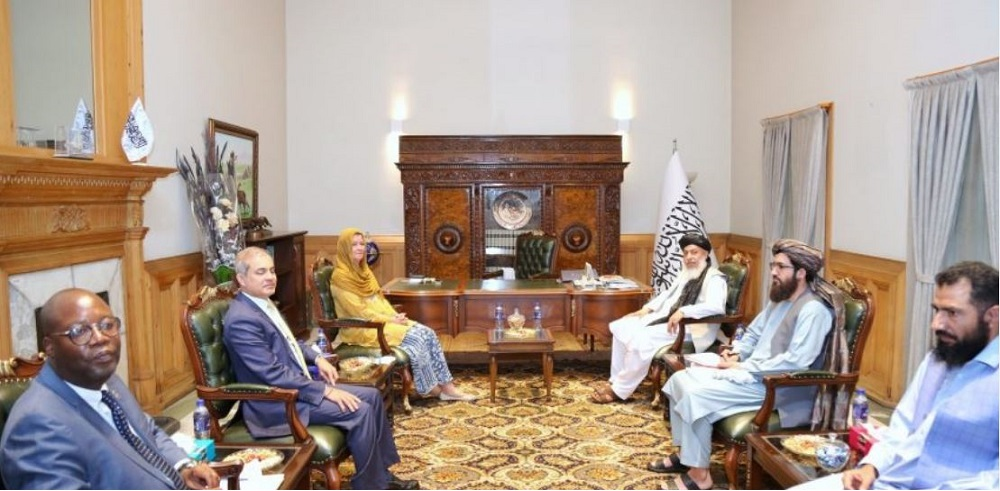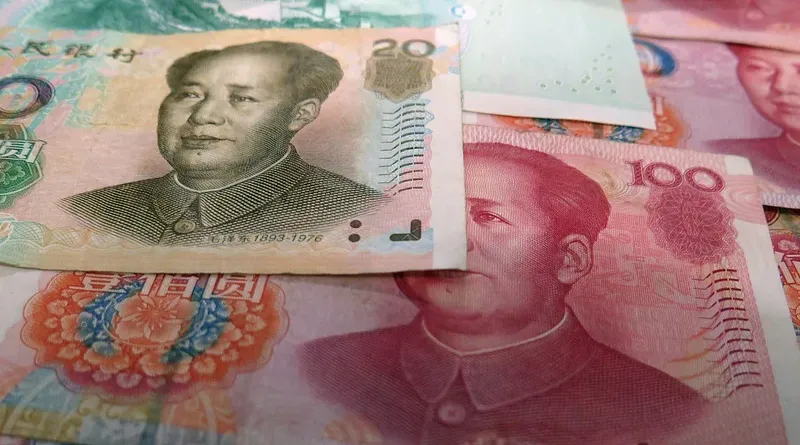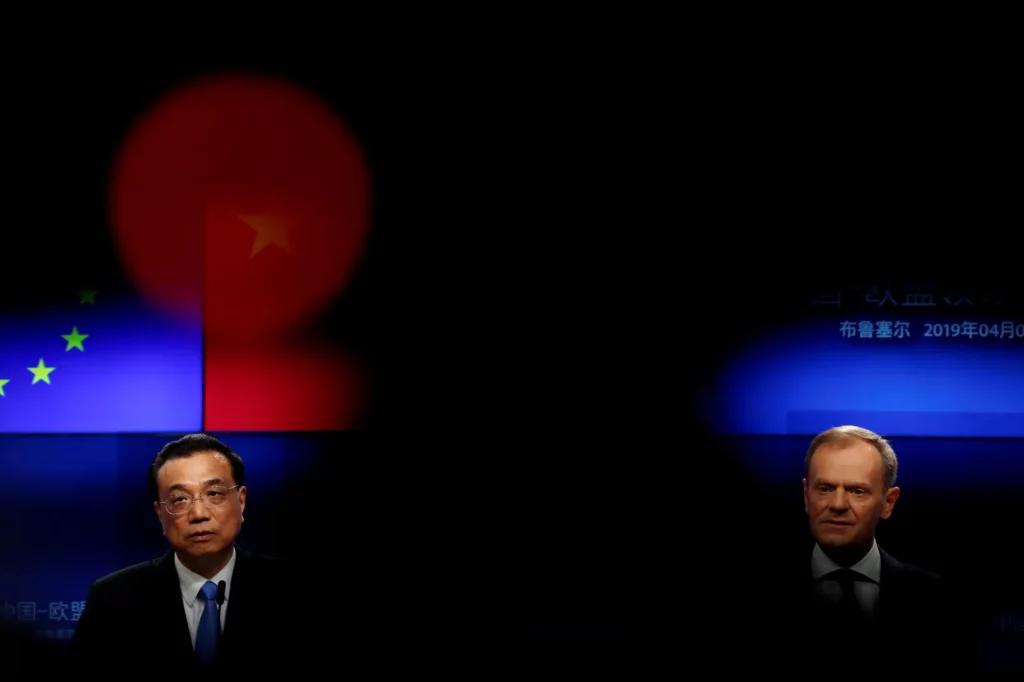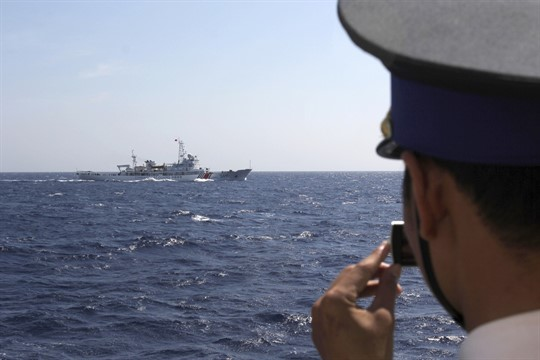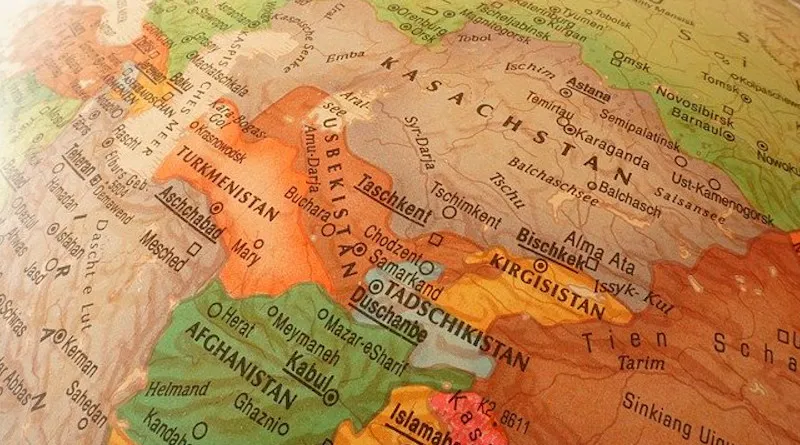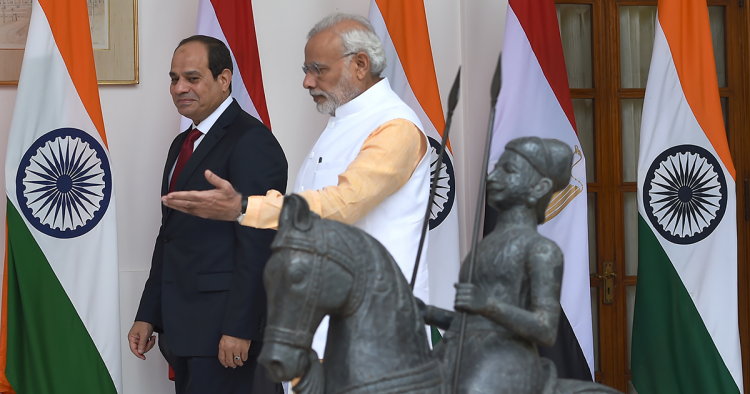FAO, World Bank step up response to Afghanistan’s food security crisis

The UN’s Food and Agriculture Organization (FAO) welcomed an unprecedented $150 million contribution from the World Bank to provide critical livelihood and life-saving assistance to the most vulnerable rural populations in Afghanistan.
